Exploring the territorial affiliation of Heilongjiang during the Spring and Autumn Period and the Warring States Period
Undoubtedly, the Spring and Autumn Period and the Warring States Period mark a crucial stage in the long history of China. During this period, various vassal states in the Central Plains vied for supremacy, and profound changes occurred in culture, politics, and military affairs. However, regarding the territorial affiliation of the border areas, such as the region where the Heilongjiang River is located, what was its status? This article aims to restore the true face of this historical issue through analysis of historical records.
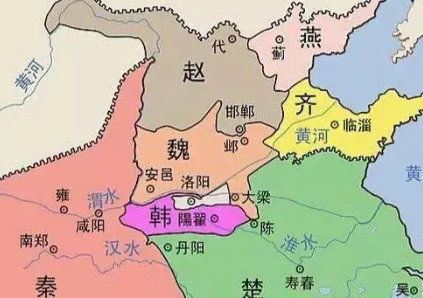
Firstly, we must clarify the origin of the name "Heilongjiang." Originally known as "Heishui," it was named so because the soil in its basin is fertile, the water is rich in nutrients, and the river sediment content is high, giving the river water a black hue. It was only during the Qing Dynasty that it began to be called "Heilongjiang." Therefore, when discussing the territorial affiliation during the Spring and Autumn and Warring States periods, we should refer to "Heishui."
During the Spring and Autumn Period, the vassal states in the Central Plains had a relatively limited understanding of the border areas, and historical records about them were scarce. However, according to ancient texts such as the "Historical Records," we can speculate that the Heishui region was mainly located at the border between the State of Yan and the Su Shen tribe. As one of the Five Hegemons of the Spring and Autumn Period, the State of Yan extended its territory northward to Liaoning and to the northeast to the Liaodong Peninsula. The Su Shen tribe was a nomadic people living in the area of present-day Liaoning and Jilin provinces. Therefore, the Heishui region during the Spring and Autumn Period was likely situated at the intersection of the State of Yan and the Su Shen tribe.
Entering the Warring States Period, with the acceleration of foreign expansion by various states, the understanding of border areas gradually deepened. Especially the rise of the Qin state had a profound impact on its neighboring regions. According to the "Historical Records: Biography of the Xiongnu," the Heishui region during the Warring States Period had already come into contact with northern ethnic groups such as the Donghu and the Xiongnu. These ethnic groups gradually grew stronger during this period and began to exert influence on neighboring countries. Therefore, the Heishui region during the Warring States Period may have been more under the control of these northern ethnic groups.
In summary, the Heilongjiang region, known as the Heishui region during the Spring and Autumn and Warring States periods, was likely located at the intersection of the State of Yan and the Su Shen tribe. With the rise of northern ethnic groups during the Warring States Period, the territorial affiliation of this region may have changed. However, due to the limitations of historical records, we cannot determine the specific affiliation of the Heishui region during that time. We look forward to future archaeological excavations and research that may uncover more details of this historical issue.
Disclaimer: The above content is sourced from the internet and the copyright belongs to the original author. If there is any infringement of your original copyright, please inform us and we will delete the relevant content as soon as possible.
Guess you like it

What are the life wisdom quotes of Master Hongyi? What do they mean?
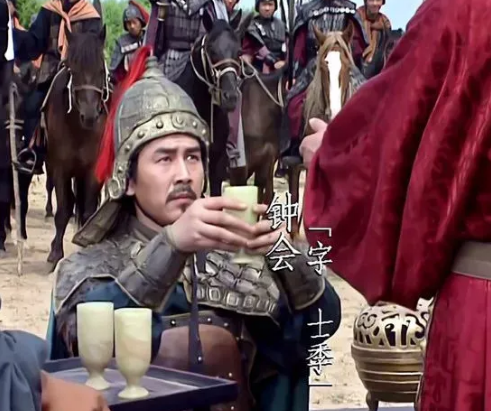
Analyzing the trust relationship between Zhong Hui and Jiang Wei

How was the relationship between Isabel I and Fernando? What was their affection like?
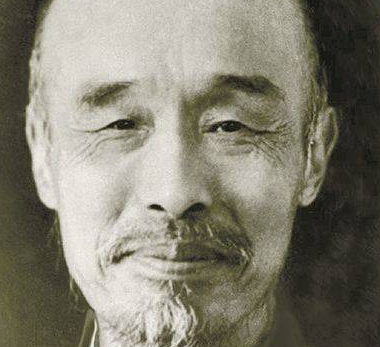
What does "I saw you in the crowd" mean in terms of fate? And how is it related to Master Hongyi?
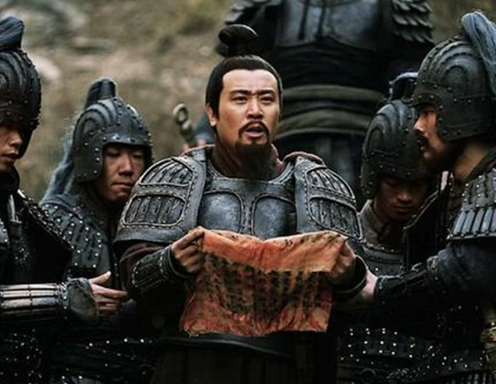
Unraveling the Truth of the Yiling Battle in History: Did Liu Bei Reluctantly Exclude Zhuge Liang?

How did Isabella I and Ferdinand meet? What was their relationship like?
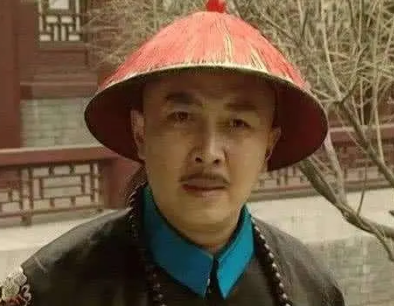
After Yongzhengs accession to the throne, the fortunes of the members of the "Fourth Princes Party" fluctuated.

How did Master Hongyi perceive life? What were his views on it?

Why did Qiao Feng willingly recognize Xu Zhu as the best in the world?
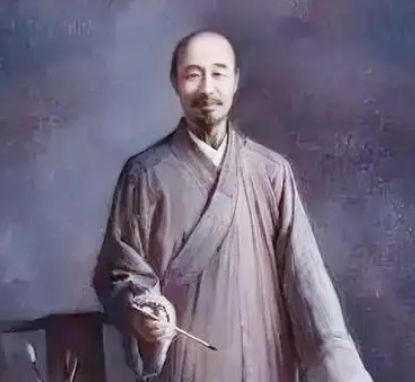
What are the four kinds of fate mentioned by Master Hongyi? What do they mean?









